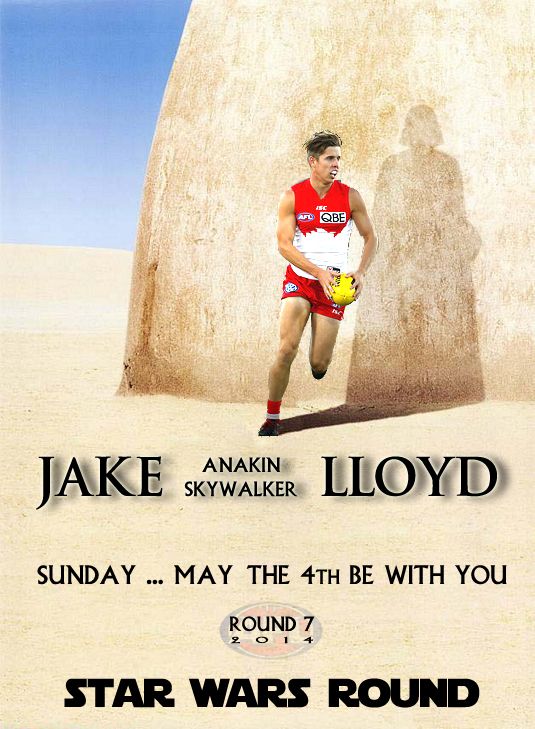There is a considerable difference between a few minutes of brilliance in a game, and playing brilliantly most of the game regularly.
That's a pretty realistic view. Horrific leg fractures unfortunately often change players. Psychologically, physically. Our very own Jamie Lawson of the mid 90s never came back.
Nathan Brown did resume his career after his fracture at Richomnd, but was never quite the same, slower and always in pain. But commendably, did come back & earned his place in the side.
As compound tibial fractures are natoriotrously slow & painful healers. Gazz's improvement will hopefully see him worthy of senior selection & earn his place in the side on merit (hard work, ability & performance), but to expect him to realize the potential he had before the break might be a bit much.
Firstly pins, plate and/or nails are not always removed. That decision is based on symptoms & healing rates. Secondly removing the metal doesn't guarantee comfort. If the pain is related to neural mechanisms, compartment syndrome, soft tissue trauma to the surrounding muscle or fascia as a result of the initial compound fracture, then taking out metal doesn't change that too much. If the metal is prominent & directly affecting adjacent tissue, removal does help. If the presence of metal is impeding the final part of union & remodeling of the bone (which is evident on x-rays) then removing the metal will potentially aid that too. But there is no certainty it completely relieves comfort levels or improves performance.
For me it's important that HE gets better. Tibial compound fractures are nasty, life impacting injuries.
It must be realized he might never be as quick as he was. His agility might be impaired markedly with proprioceptive changes. Only time will tell.
However a mere mortal Gary Rohan (who never achieves his pre-fracture potential) will hopefully still be worthy of senior selection on his current merits. Give him time, not pressure & expectation.
That's a pretty realistic view. Horrific leg fractures unfortunately often change players. Psychologically, physically. Our very own Jamie Lawson of the mid 90s never came back.
Nathan Brown did resume his career after his fracture at Richomnd, but was never quite the same, slower and always in pain. But commendably, did come back & earned his place in the side.
As compound tibial fractures are natoriotrously slow & painful healers. Gazz's improvement will hopefully see him worthy of senior selection & earn his place in the side on merit (hard work, ability & performance), but to expect him to realize the potential he had before the break might be a bit much.
Firstly pins, plate and/or nails are not always removed. That decision is based on symptoms & healing rates. Secondly removing the metal doesn't guarantee comfort. If the pain is related to neural mechanisms, compartment syndrome, soft tissue trauma to the surrounding muscle or fascia as a result of the initial compound fracture, then taking out metal doesn't change that too much. If the metal is prominent & directly affecting adjacent tissue, removal does help. If the presence of metal is impeding the final part of union & remodeling of the bone (which is evident on x-rays) then removing the metal will potentially aid that too. But there is no certainty it completely relieves comfort levels or improves performance.
For me it's important that HE gets better. Tibial compound fractures are nasty, life impacting injuries.
It must be realized he might never be as quick as he was. His agility might be impaired markedly with proprioceptive changes. Only time will tell.
However a mere mortal Gary Rohan (who never achieves his pre-fracture potential) will hopefully still be worthy of senior selection on his current merits. Give him time, not pressure & expectation.




 Very nice. I like the current ones the Swanshop have, going to have to get me one I think
Very nice. I like the current ones the Swanshop have, going to have to get me one I think
Comment